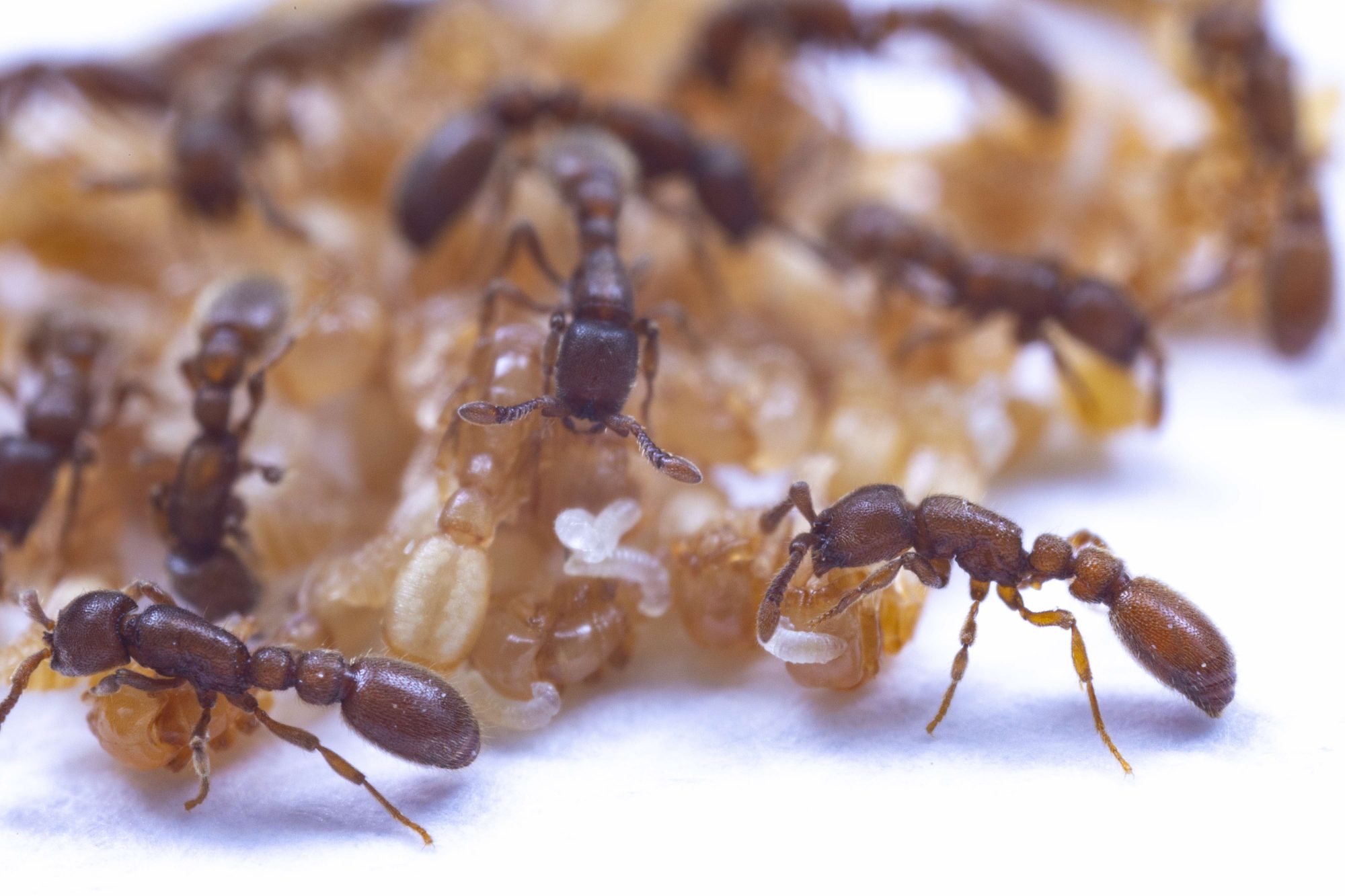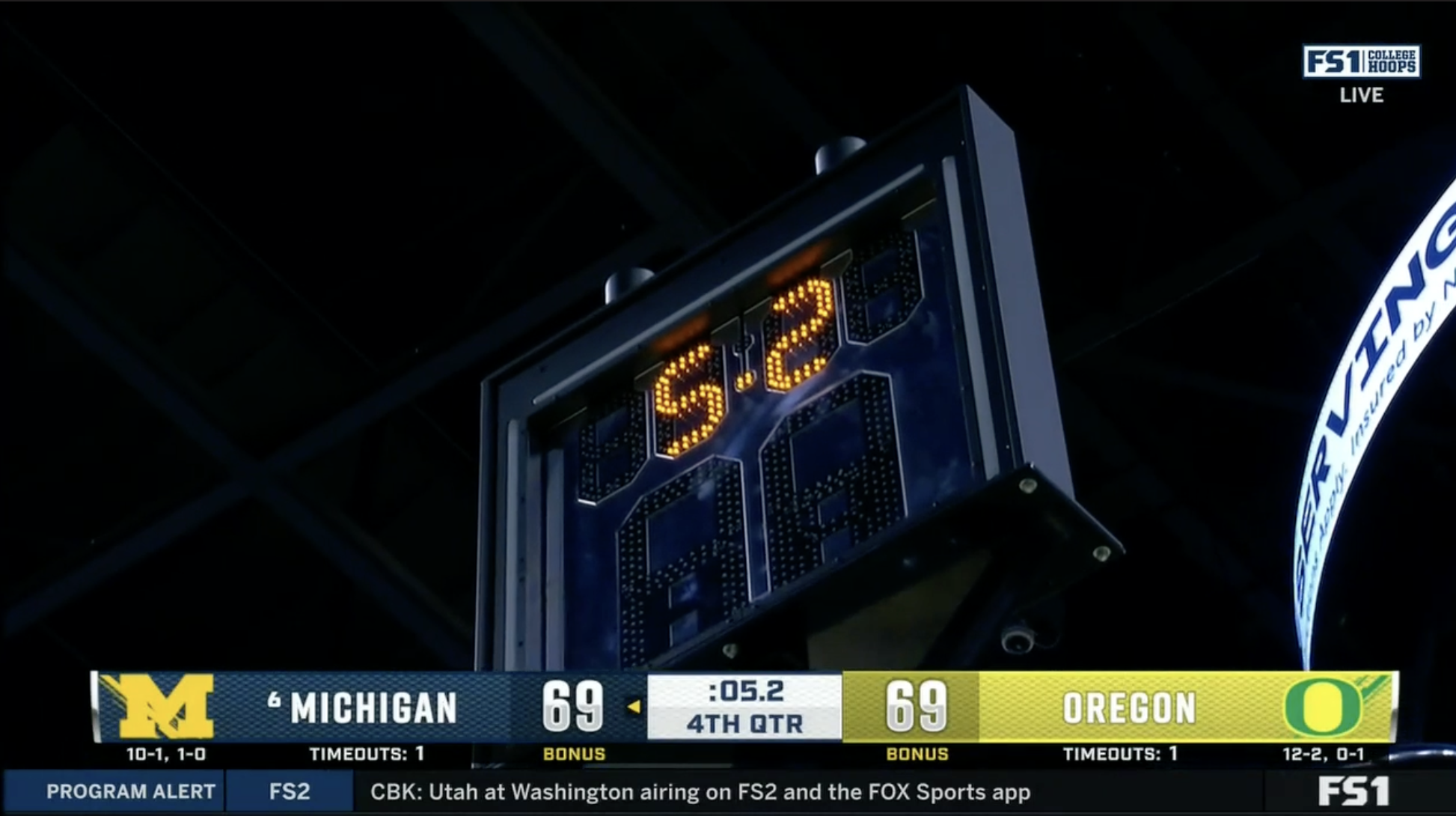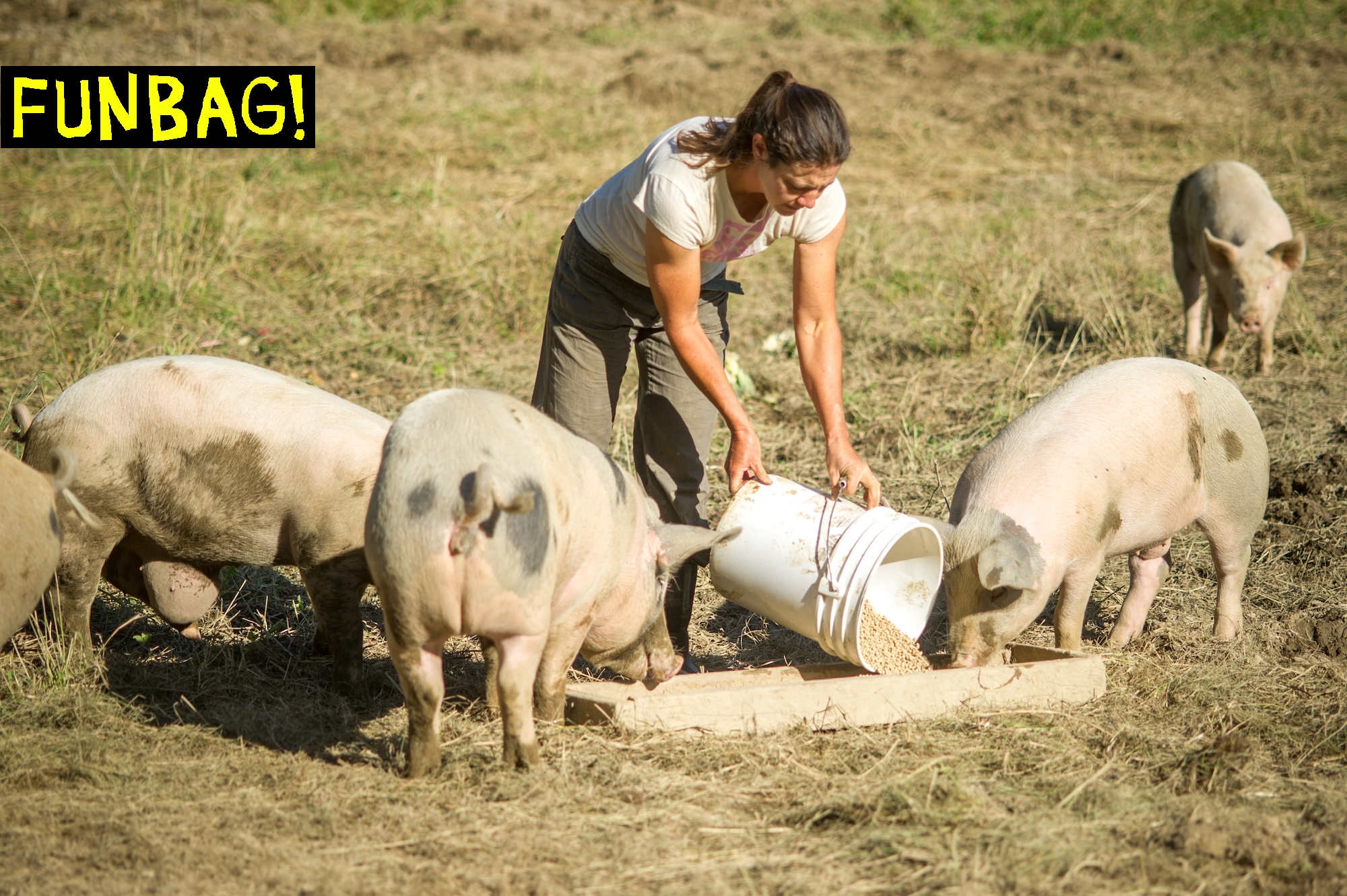A few days ago I came across two words I had never before seen paired together—two words I would never have even thought to combine—and yet, since reading them, they have plastered themselves inside my brain like a mantra, one that I repeat, if not unwillingly then uncontrollably, as I go about my daily tasks. Ant milk, I think as I pour my coffee. Ant milk, as I brush my teeth. Ant milk, as I gaze outside the window. Ant milk, as I read about what, exactly the Boring Company does.
So: Ant milk.
What is Ant Milk?
Ant milk is not a competitor to almond milk or oat milk or any other fake milks (there is a clear gap in the market awaiting a start-up with a name like "Antly," whose subway ads will be sans-serif). Ant milk is milk made by ants, for ants. Like many other milks, ant milk is a dairy-free—in this age of alternative milks, it was only a matter of time before invertebrates got in on the mix. A more technical term for ant milk is "pupal social fluid," but this name is less catchy. Ant milk is not new to ants, but it is new to scientists, a group of whom published a paper Wednesday in Nature describing this fluid that ants of all ages simply cannot stop sipping. Although the study focused on clonal raider ants, it found ant milk in each of the five major ant subfamilies, suggesting ant milk is an immemorial beverage.
What part of the ant does the Ant Milk come from?
For better or for worse, ants have no nipples. But other creatures have proven that teats are not necessary for milk. Pigeons, penguins, and flamingos all produce a milk-like substance, according to this Scientific American blog titled "How to milk a pigeon." Pigeons secrete this milk from a food storage chamber called a crop; flamingos produce milk in their upper digestive tract; male Emperor penguins secrete milk from their esophagus. Ant milk oozes out of ant pupae, the developmental stage where ant larvae metamorphose into adults and rest. Specifically, it dribbles out of the abdominal tip of the pupa, forming a beautifully spherical droplet of ant milk.
Who drinks Ant Milk?
As far as ants are concerned, ant milk is for everyone: babies and adults. The press release for the study states that "ants of all ages seem to enjoy the fluid," which is just good marketing copy. But larvae especially rely on ant milk, and may die if they cannot sip ant milk during their first four days of life. And if no one drinks the ant milk, the pupae will drown in their own milk, so it is crucial for the other ants to slurp, slurp, slurp it all up.
What is Ant Milk made of?
The scientists analyzed the fluid and found it was strikingly similar to molting fluids of other insects, which are produced when larvae discard their old cuticle to grow. There are 185 proteins specific to ant milk (so many!), as well as essential amino acids, carbohydrates, and vitamins.
There are 20 quadrillion ants on Earth. Why are we only learning about Ant Milk now?
Ants are entitled to their privacy!
What does Ant Milk taste like?
In a story for The New York Times, Joshua Sokol asked the one scientist intrepid enough to taste the forbidden ant milk: Orli Snir, a biologist at the Rockefeller University in New York. Snir described the ant milk as faintly sugary—which sounds pretty good to me. No wonder all the ants are freaks for the stuff. Imagine if your best buddy could produce a mason-jar's worth of agua fresca while napping. You'd be a fool not to drink it! It all goes to show there is one universal activity across the animal kingdom: cracking open a cold one with the girls.







